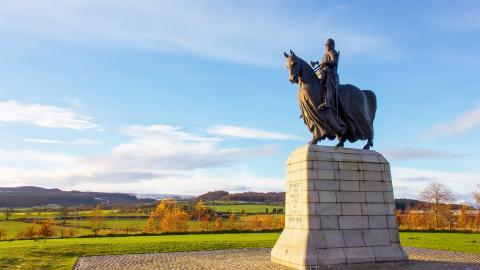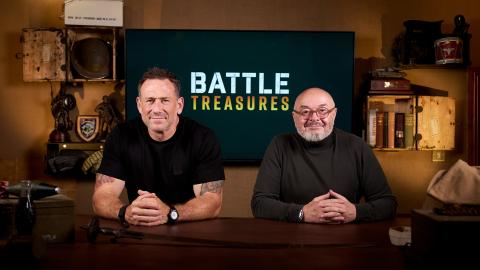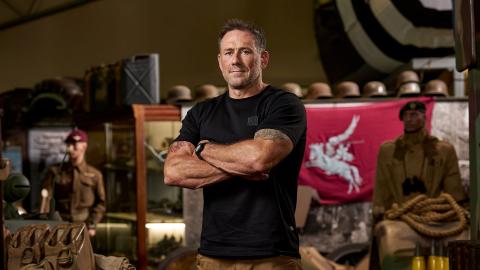Tank Origins
To no-one's surprise, Leonardo Da Vinci drafted a primitive design for the first mobile armoured land machine way back in the fifteenth century, but the tank as it stands today is really a twentieth-century concept. First conceived primarily to transport heavy artillery over variable – and vast – terrain, once the tank's operational potential was realised, they were used to punch holes in static trench lines, lending much-needed mobility to armies that still felt capturing territory was king.
During WW1, the Allies were the first to begin developing armoured fighting vehicles, with the French and the British leading the way with sometimes (to the modern eye) hilarious designs. France's earliest attempts at using armoured vehicles on the battlefield were meant to clear away the seemingly endless swathes of barbed wire that had become a dangerous trench accessory from the very beginning of the conflict. Just as barbed wire was taken from the agricultural landscape and made into a deadly weapon for the war, so were the early tank-prototype chassis, which came from tractors. However, the wheel-based chassis soon gave way to the modern caterpillar tracks already in use in US farming, as they provided more grip on the chewed-up terrain found in the French battlefields and the Belgian soon-to-be swamplands.
While the French did find some success with their mobile wire cutters, the potential for armoured and armed all-terrain vehicles on the battlefield eclipsed that narrow focus. In 1915, the First Lord of the Admiralty in the British Navy, Winston Churchill, caught wind of a few abandoned British experiments involving 'trench-crossers' and 'machine-gun destroyers'. He thought there might be something to this concept of having a land vehicle that could sail over the terrain like a ship on water and, also like a ship, fire its own cannons. Churchill established the Landships Committee to take the experiment further, and what followed were a numbered of utterly failed designs as the engineers attempted to get the wheels right.
The engineering challenges facing the Landships Committee were unique in 1915; the 'landships' required a type of traction that could cross shell holes, trenches that could be more than a metre wide and 2 metres deep (with parapets a metre higher), and ideally deep mud and waterlogged soil. After almost a year of unsuccessful trials, the British finally had some luck with their 'Little Willie' design in early 1916, which featured the rhomboid track frame still seen today. 'Little Willie' was of course a reference to the derogatory term for the German Crown Prince Wilhelm, and had nothing to do with the vehicle's shape or intent.
Having been known as 'tanks' since the end of 1915 (both due to their resemblance to water tanks and the British command's deliberate subterfuge), Little Willie's offspring, the British Mark I tank, was first used in active combat during the Battle of the Somme in September 1916. Although the British were the first to the finish line, the French continued to design and develop their own models apace; in fact, the French had the last word when their light, turreted Renault FT design of 1918 overtook the British Mark class in both operational ability and future influence.
Did you know?
The early tanks could at best only achieve a top speed of 4 mph.
















